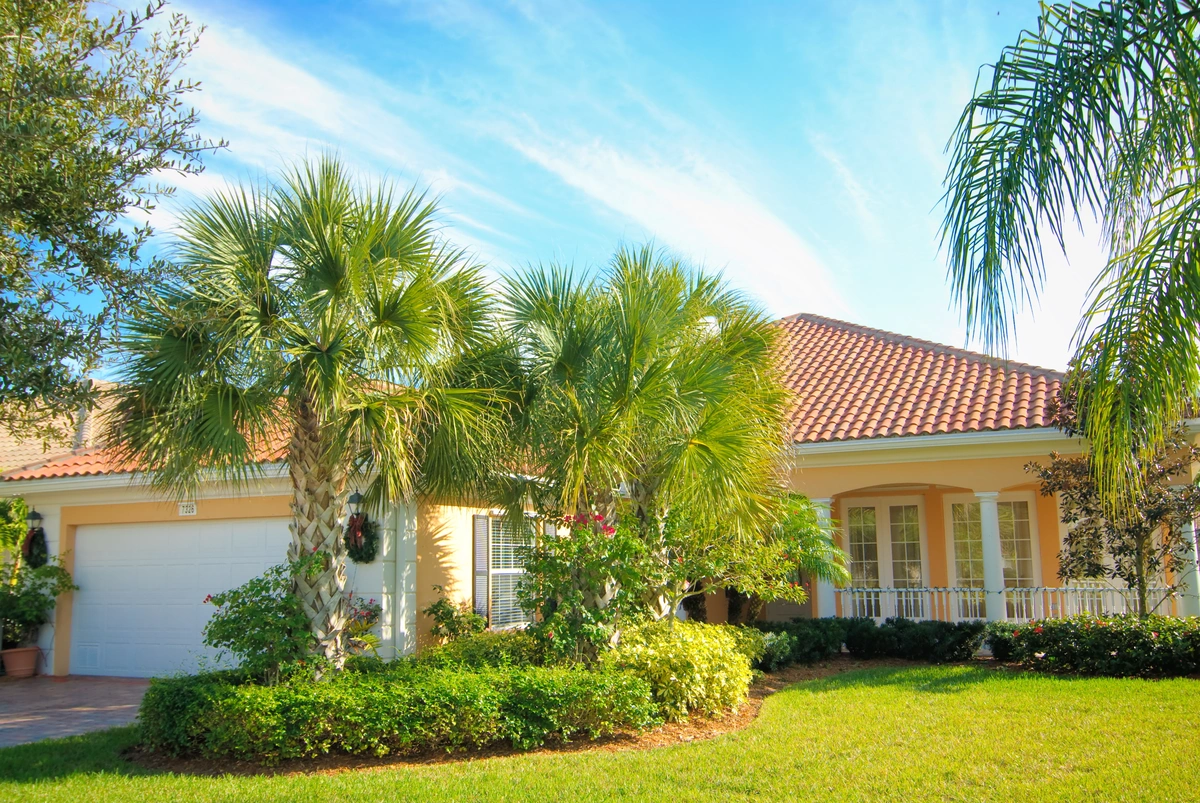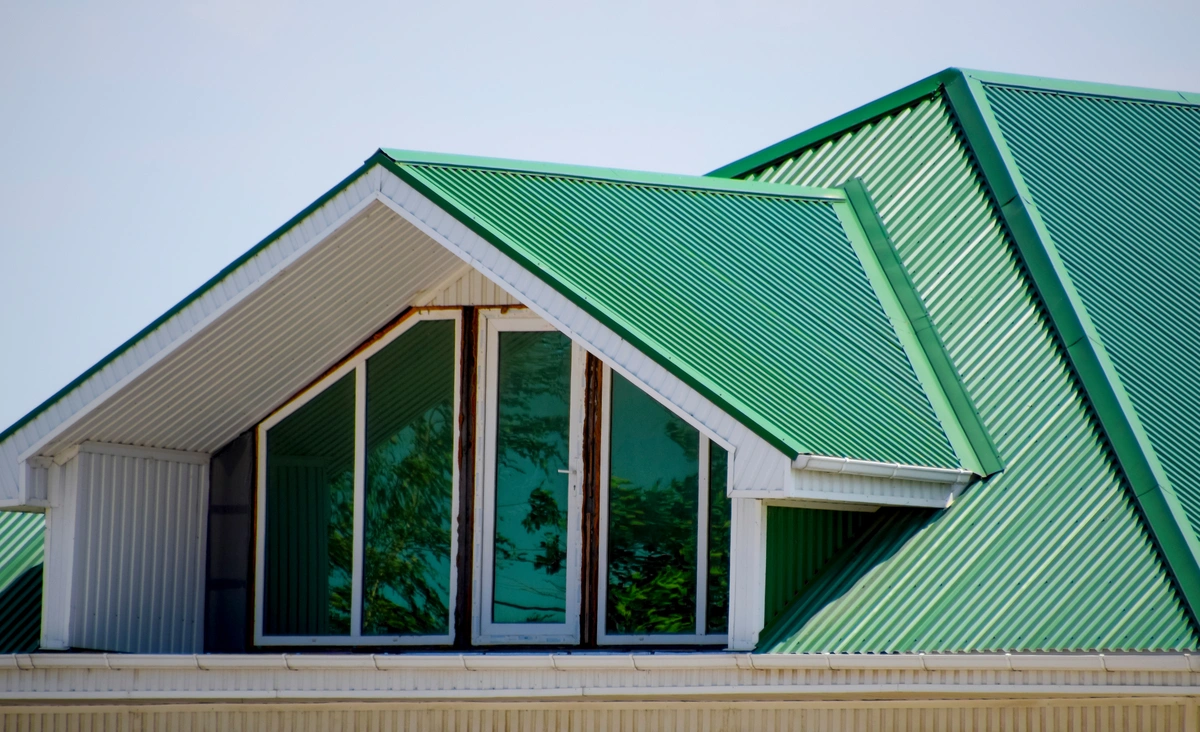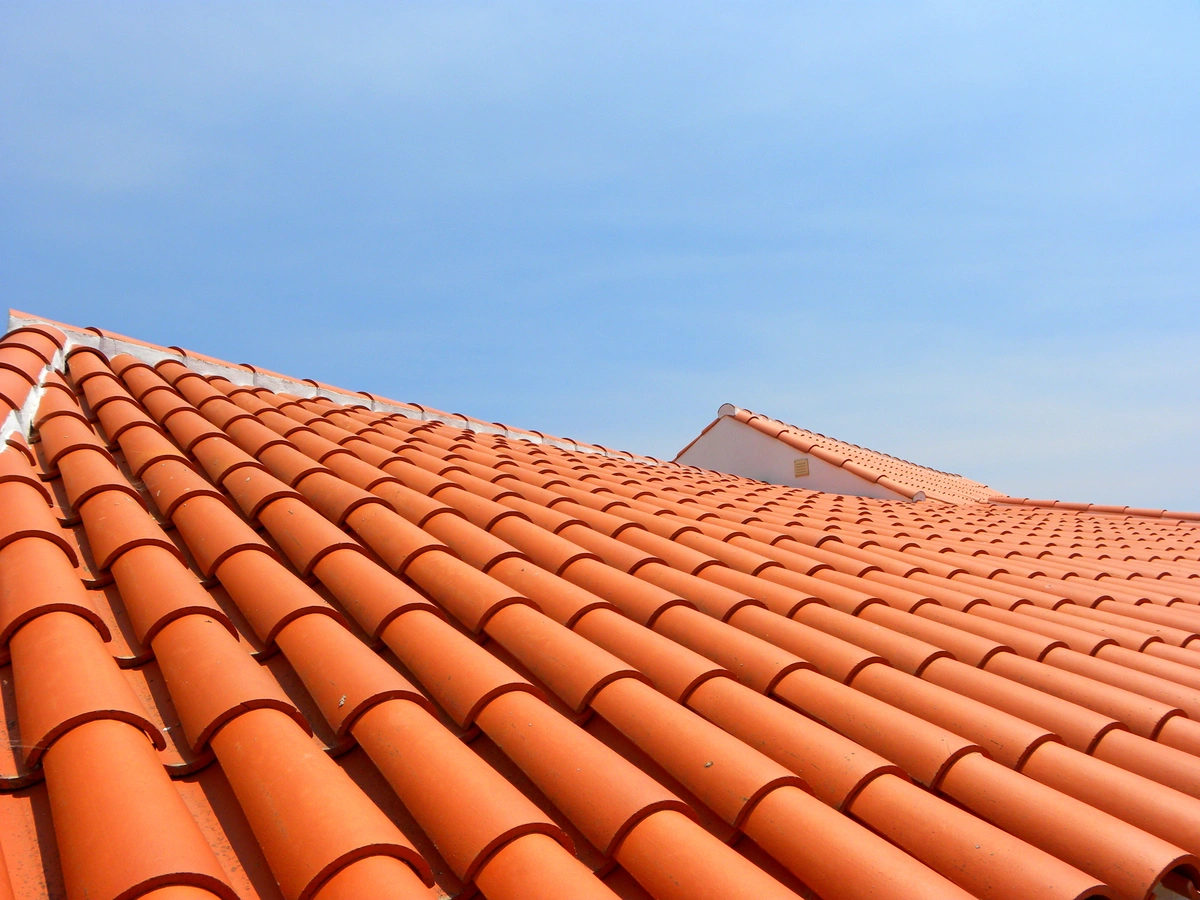
Metal Roof vs Tile Roof in Florida: Helping You Choose The Right Roof (Pros & Cons)

When it’s time to get a roof replacement for your home, you have many decisions to make. When should you schedule the work? What’s your budget, and what do you hope to get out of your new roof?
Among the most popular options for Florida homeowners are metal roofs and tile roofs. Each brings distinct advantages, but they also come with trade-offs depending on your budget, home structure, and aesthetic goals.
Before you choose, consider:
- Aesthetic preferences: Do you prefer the sleek modern look of standing seam metal or the timeless Mediterranean appeal of clay tiles?
- Budget and long-term ROI: Are you more concerned with upfront cost or lifetime value?
- Durability needs: Will your roof stand up to hurricane-force winds and coastal salt air?
- Maintenance expectations: Are you looking for a low-maintenance solution or willing to invest in periodic upkeep?
In this guide, we break down the key differences between a metal roof vs tile roof in florida—focusing on their performance in Florida’s climate—so you can make a confident, informed decision for your home.

🧱 Main Characteristics of Metal Roofs
Metal roofing has grown in popularity among Florida homeowners for good reason: it’s sleek, durable, energy-efficient, and adaptable to a range of architectural styles. The most common type used in residential settings is standing seam metal roofing, which features raised seams that conceal fasteners—improving longevity and reducing potential leak points.
🔩 Popular Metal Roofing Materials
Metal roofs are manufactured from a range of materials, each with its own benefits:
- Galvanized Steel: Economical and corrosion-resistant with proper coatings.
- Aluminum: Lightweight and rust-proof—ideal for coastal homes.
- Stainless Steel: Extremely durable and rust-resistant, but more expensive.
- Copper: A premium option with a striking aesthetic that develops a natural patina over time.
- Zinc: Long-lasting and eco-friendly, though less common in residential installs.
These materials can be shaped to mimic shingles, shakes, or tiles—giving you the look you want with superior performance.
✅ Pros of Metal Roofing in Florida
- Exceptional Lifespan: Depending on the material, metal roofs can last 40 to over 100 years with minimal upkeep.
- Hurricane-Ready: Engineered to withstand wind uplift and heavy rainfall—critical during Florida’s 5-month hurricane season.
- Eco-Friendly: Most panels are made from recycled materials and can be recycled again at end-of-life.
- Energy Efficient: Reflective coatings reduce solar heat absorption, helping to cut cooling costs in hot, humid climates.
- Low Maintenance: Occasional inspections are usually sufficient, especially if installed correctly.
- Versatility: Suitable for both low- and steep-slope roofs, and available in a wide range of colors and styles.
In addition to the eco-friendliness of the material itself, a metal roof is a great option if you’re looking to build a cool roof on your home to decrease your home’s energy needs.
❌ Cons of Metal Roofing
- Denting and Aesthetics: While durable, metal can dent from large hail or falling debris. Improper installation may lead to visible oil canning (waviness).
- Higher Initial Cost: Depending on the material, prices range from $4 to $40 per square foot, including labor.
- Corrosion Risk in Coastal Areas: If not maintained or properly coated, even rust-resistant metals can corrode in salty air. Annual inspections are recommended for coastal properties. More info on this below.
🔧 Florida-Specific Concern: Coastal Corrosion
Florida’s salt-laden air can accelerate corrosion in some metal roofing systems—especially if the metal isn’t properly coated or if cheaper materials are used. While many high-quality metal roofs are designed with anti-corrosion finishes, prolonged exposure near the coast can still lead to rust over time.
What You Can Do:
- Choose the Right Material: Opt for aluminum or galvalume-coated steel, which are more resistant to salt-induced corrosion.
- Regular Maintenance: Schedule biannual inspections to check for early signs of rust, especially around fasteners, seams, and penetrations.
- Address Issues Promptly: At the first sign of corrosion, contact a licensed Florida roofing contractor to prevent further damage and maintain warranty coverage.
Proactive care and the right material selection can significantly reduce the risk of rust, making metal roofing a viable long-term solution even in coastal zones.

🧱 Main Characteristics of Tile Roofs
Tile roofing has long been a symbol of elegance and durability—especially in warmer climates like Florida. Traditionally made from clay, and more recently from concrete, these tiles are built to last for generations and often come with 50-year warranties or more.
🧱 Types of Roofing Tiles
- Clay Tiles: Naturally weather-resistant, excellent insulation, and timeless in style.
- Concrete Tiles: More affordable than clay and highly customizable in terms of color and profile.
Both options are well-suited for Florida homes, thanks to their durability and performance in high-heat, high-moisture environments.
✅ Pros of Tile Roofing in Florida
- Superior Energy Efficiency: The curved shape of tiles creates natural ventilation beneath the roof surface, helping keep your home cooler during Florida’s brutal summers.
- Eco-Friendly Materials: Made from abundant natural materials—clay and sand—that are 100% recyclable at end-of-life.
- Fire & Storm Resistance: Non-combustible with high wind and impact resistance ratings, especially when properly installed.
- Longevity: With proper maintenance, tile roofs can easily last 75 to 100 years.
- Curb Appeal: Particularly well-matched to Mediterranean, Spanish, and Mission-style architecture common in Florida, offering high-end aesthetic value.
❌ Cons of Tile Roofing
- Weight Load: Clay and concrete tiles are significantly heavier than other roofing materials. Your home’s structure must be evaluated to ensure it can support the load—especially if replacing a lighter material like asphalt shingles.
- Brittle Under Impact: While tough against weather, individual tiles can crack or break if struck by falling branches or walked on improperly.
- Higher Installation Costs: The labor-intensive installation process often makes tile roofing more expensive than metal—particularly for clay.
- Slope Requirements: Tile roofs require a minimum slope of 4:12 for proper water runoff. Low-slope roofs may require additional waterproofing layers, increasing costs further.
Metal Roof vs Tile Roof in Florida: Summary Table
Florida lies in the humid subtropical climate zone, which means that it has hot and humid summers and mild winters. The state has a five-month hurricane season, which comes with risks of high winds, floods, and storm surges.
| Feature | Metal Roof | Tile Roof |
|---|---|---|
| Lifespan | 40–70+ years (some metals 100+ years) | 50–100+ years |
| Storm Resistance | Excellent (wind, hail, fire); prone to denting | Excellent (wind, fire); can crack from impact |
| Weight | Lightweight | Heavy – may require structural reinforcement |
| Energy Efficiency | High – reflective coatings reduce heat | High – natural air gap improves insulation |
| Maintenance | Low (occasional rust checks) | Moderate (broken tiles, underlayment checks) |
| Installation Cost | Moderate to high ($4–$40/sq. ft.) | High (especially for clay tiles) |
| Style Versatility | Modern, traditional, customizable | Mediterranean, classic, high curb appeal |
| Best For | Low- to steep-slope roofs, coastal zones | Steep-slope roofs, aesthetics, long-term ROI |
💰 Budget & Long-Term ROI: What’s the Real Cost Over Time?
When evaluating roofing materials, it’s important to look beyond just the installation cost. The true value of a roof includes how long it lasts, how well it protects your home, and how much it saves (or costs) you in energy bills, repairs, and even insurance premiums.
📊 Upfront Costs
- Metal Roofs: Typically range from $8,000 to $30,000+, depending on the type of metal, roof complexity, and labor.
- Tile Roofs: Often start higher, especially for clay. Expect to pay $15,000 to $40,000+, depending on the tile type and structural requirements.
💼 Maintenance & Repairs
- Metal: Low maintenance, but may require touch-ups for corrosion, especially near the coast.
- Tile: Moderate maintenance—tiles may crack, and underlayment may need replacing every 20–30 years.
⚡ Energy Efficiency & Savings
- Both options offer excellent energy performance. However, tile roofs may edge out metal in insulation due to the natural air gap they create.
- Metal roofs often come with reflective coatings that lower cooling costs by up to 25%.
📈 Resale & Insurance Impact
- Homes with premium roofing systems like tile or metal often sell faster and at higher prices.
- In hurricane-prone zones like Florida, impact- and wind-rated roofing materials may qualify for insurance discounts—check with your provider.
🏆 ROI Over Time
| Roof Type | Lifespan | Avg. Annual Cost (Estimate) | ROI Potential |
|---|---|---|---|
| Metal | 40–70+ years | $$ | High (lower maintenance, energy savings) |
| Tile | 50–100+ years | $$$ | Very High (durability, resale value) |
💡 Pro Tip: While tile roofs carry a higher initial cost, they often deliver the greatest ROI if you plan to stay in your home long-term or want top-tier curb appeal. Metal roofs offer excellent value and flexibility—especially for those looking for low-maintenance durability on a tighter budget.
🏁 Making the Right Roofing Choice for Florida’s Climate
Choosing between a metal or tile roof isn’t just a style decision—it’s about finding the material that performs best in Florida’s intense heat, humidity, and hurricane conditions.
- Go with tile if you want unmatched longevity, strong curb appeal, and insulation that can keep your home cooler during the summer months. It’s ideal for steep-slope homes and long-term property value.
- Choose metal if you need a cost-effective, durable, and low-maintenance solution—especially for coastal homes or lower-slope roofs. With the right coatings and materials like aluminum, it can resist corrosion and provide decades of protection.
If you’re still unsure which to choose, you’re not alone. That’s why we’re here to help. Contact us today to take the first step toward a roof that’s built to last—through hurricanes, humidity, and everything else Florida throws your way.
FAQs
Will a metal roof rust near the Florida coast?
Not all metal roofs rust. Aluminum and galvalume-coated steel are ideal for coastal environments like Tampa, Fort Myers, or Clearwater because they’re highly resistant to corrosion. Annual inspections are still recommended to maintain longevity.
Are tile roofs more energy-efficient than metal roofs?
Both are excellent at improving energy efficiency. Tile roofs have natural air gaps that insulate your home, while metal roofs reflect solar heat with special coatings. Tile may edge out slightly for insulation, but metal roofs often provide greater savings with cool-roof technology.
Can I install solar panels on a metal or tile roof in Florida?
Yes! Metal roofs are often preferred for solar installations because mounting systems can clamp directly onto the seams. Tile roofs can support solar panels too, but require additional mounting hardware and labor.

